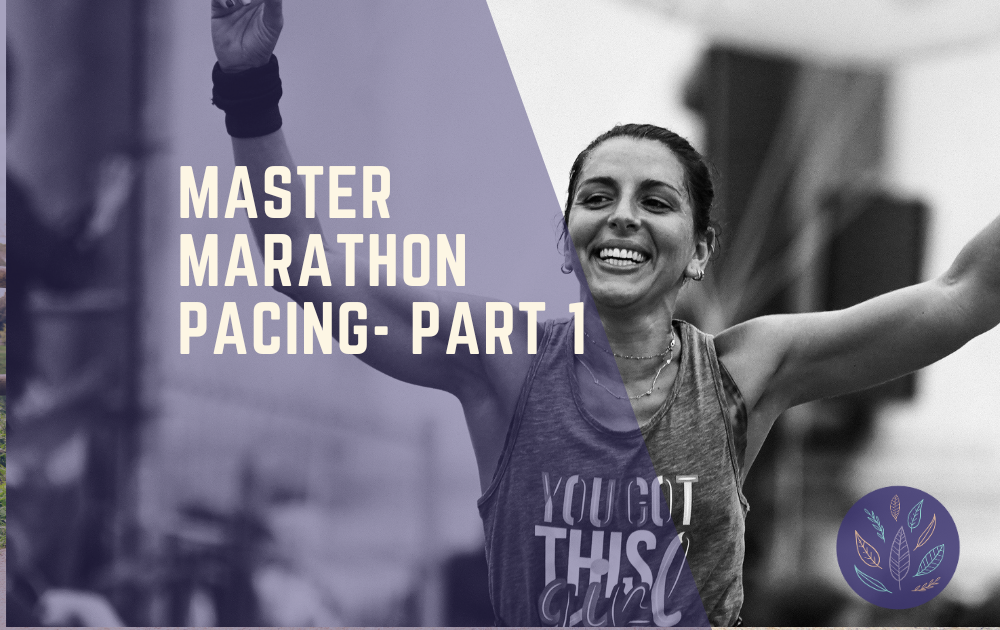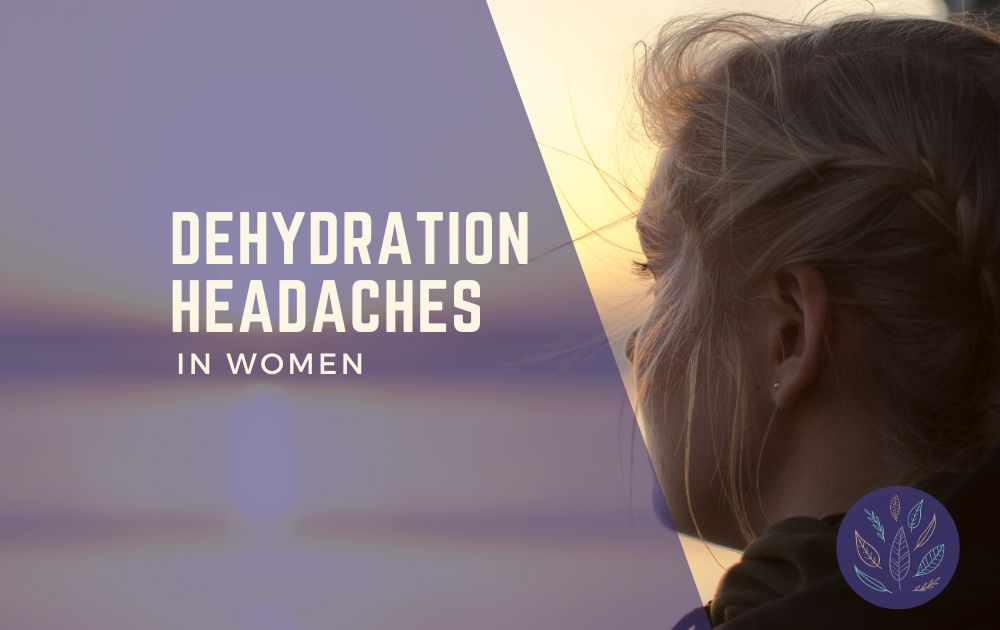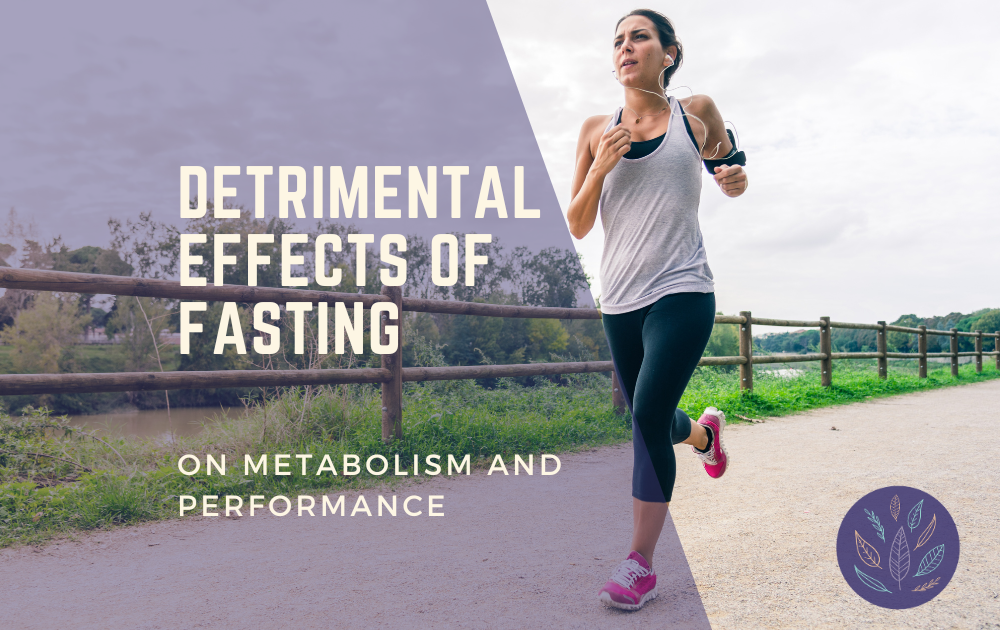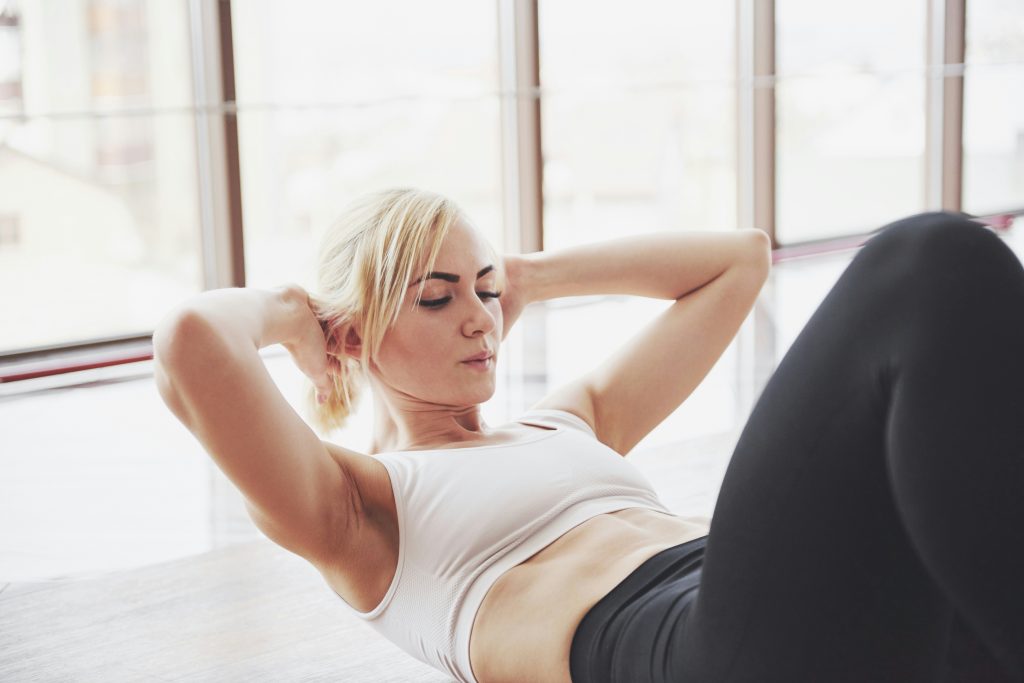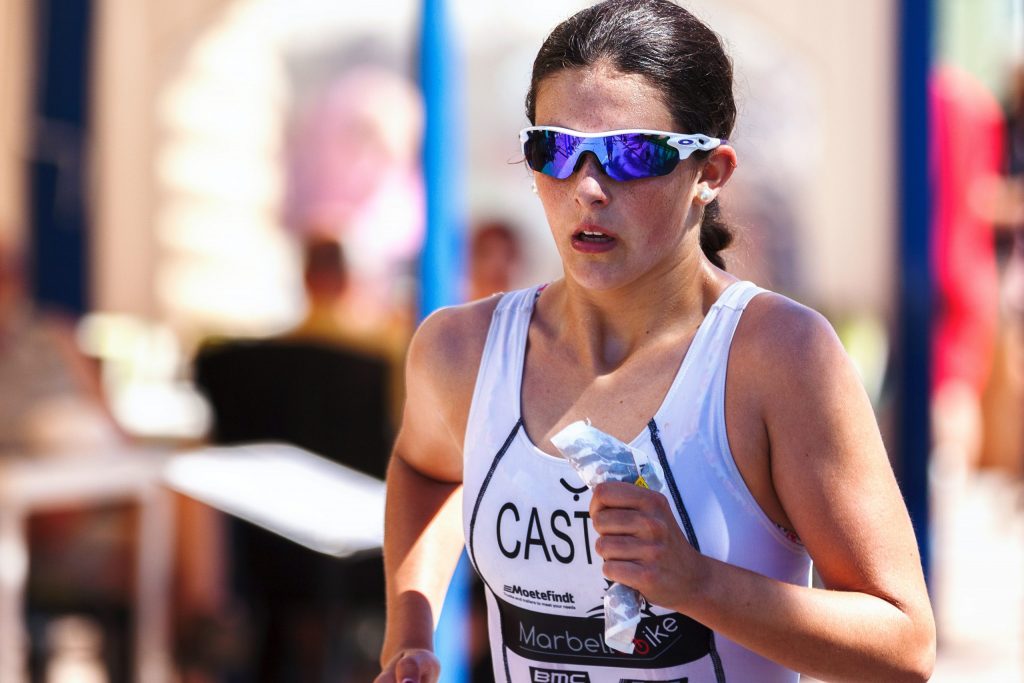Have you ever felt a pounding headache after a long run, leaving you drained and discouraged? If so, you’re not alone. Dehydration headaches are a common ailment among endurance runners, and they can significantly impact your performance and enjoyment of the sport.
According to a study published in the Journal of Athletic Training, up to 91% of endurance runners experience dehydration during a training session or competition. Additionally, research from the American Migraine Foundation suggests that dehydration is a known trigger for headaches in female athletes, affecting them more frequently than their male counterparts.
Understanding the link between dehydration and headaches is essential for optimising your performance and overall well-being as an athlete.
What causes dehydration?
Dehydration occurs when your body loses more fluids than it takes in, leading to an imbalance of electrolytes and a range of symptoms, including headaches. When you engage in endurance activities like running, cycling and long hikes, especially in hot or humid conditions, the risk of dehydration significantly increases.
Why does dehydration affect women more than men?
The answer lies in the complex interplay between hormones and hydration levels in the female body. Recent research has revealed that women’s hormones, particularly estrogen and progesterone, can affect fluid balance and susceptibility to dehydration.
Estrogen and fluid balance
Estrogen plays a significant role in regulating fluid balance. Studies have shown that estrogen can affect how the body retains and excretes fluids, leading to fluctuations in hydration levels throughout the menstrual cycle. During the follicular phase in the first half of the menstrual cycle, estrogen levels rise, promoting fluid uptake. Higher oestrogen may reduce the risk of dehydration and associated symptoms, such as headaches, during this phase.
Progesterone and fluid excretion
On the other hand, the luteal phase, which occurs in the second half of the menstrual cycle, is characterised by higher levels of progesterone. Progesterone has diuretic properties and promotes fluid excretion from the body. As a result, women may be more prone to dehydration and electrolyte imbalances during this phase, increasing their susceptibility to headaches.
The impact of hormonal changes
Hormonal changes associated with menstruation, pregnancy, and menopause can also impact fluid balance and hydration status in women. For example, menstrual bleeding leads to the subtle loss of blood and fluids, increasing the body’s demand for hydration. Studies show regular adequate water intake can alleviate the severity of period pain, shorten the length of menstrual bleeding and reduce the average number of pharmacological pain medications required during menstruation. Pregnant women experience significant shifts in fluid distribution and metabolism to support fetal development. In contrast, menopausal women may experience changes in thirst perception and kidney function, affecting their ability to maintain optimal hydration levels.
The effect on athletic performance
The implications of these hormonal fluctuations extend beyond mere discomfort; they can significantly impact athletic performance and overall well-being. Dehydration impairs physical performance and affects cognitive function, mood, and thermoregulation. Therefore, female athletes should consider adjusting their hydration strategies to accommodate their unique hormonal profiles and menstrual cycles.
Tips to mitigate dehydration headaches
So, how can female athletes mitigate dehydration headaches? Here are some practical tips:
- Track Your Menstrual Cycle: Keep a menstrual calendar to identify patterns in fluid retention and dehydration throughout your cycle. Adjust your hydration plan accordingly, increasing fluid intake during the luteal phase to compensate for increased fluid loss.
- Increase Fluid Intake: Be proactive about staying hydrated, especially during hormonal fluctuations. Aim to drink at least 2-3 litres of fluid daily, and increase your intake during intense training sessions or hot weather conditions. Fluid can include water, milk, juices, teas, soups, broths… anything liquid. But what about coffee? As it has a directive effect, I suggest a cup accounts for ½ cup of fluid in your daily tally. We have provided additional details in our blog Hydration the Key to Peak Performance.
- Focus on Electrolytes: Electrolytes such as sodium, potassium, and magnesium play a vital role in hydration and muscle function. Incorporate electrolyte-rich foods into your diet to maintain electrolyte balance and prevent dehydration-related headaches. Use sports drinks or electrolyte supplements during prolonged exercise to replenish lost minerals. Foods such as bananas, avocados, and leafy greens are excellent sources of potassium, magnesium, and other essential minerals. We promote magnesium for bone health in another one of our earlier blogs.
- Listen to Your Body: Pay attention to thirst cues and early signs of dehydration, such as dry mouth or dark urine. If you experience a headache during exercise, take a break, hydrate, and rest before resuming your activity. Watch out for other signs of magnesium deficiency, such as muscle cramping, restless legs at night, sleep issues, anxiety or menstrual cramps.
- Avoid too much caffeine. Caffeine stimulates your kidneys to produce more urine when you drink coffee, leading to increased bodily fluid loss. As a result, frequent consumption of coffee without adequate fluid intake can disrupt your body’s hydration balance. Ironically, in some cases, coffee can help relieve a headache, but too much coffee on a hot day, along with strenuous exercise, can lead to a dehydration headache.
Overall, moderation and balance are key in coffee consumption and hydration. Enjoy your coffee as part of a balanced diet and lifestyle. However, prioritise adequate fluid intake to support your overall health and well-being, especially if you’re an endurance runner or enjoy other strenuous physical activity.
Understanding how women’s hormones impact dehydration can minimise the risk of dehydration headaches. Remember, hydration is not just a quenching thirst; it’s a vital component of athletic success and longevity.
Get in touch to learn more and start your journey today.
References
Casa, D. J., et al. (2015). National Athletic Trainers’ Association Position Statement: Fluid Replacement for the Athlete. Journal of Athletic Training, 50(9), 986-1000.
Munger, B. L., et al. (2018). Female Athlete Headache: A Review of the Literature. Current Pain and Headache Reports, 22(9), 62.
Montain, S. J., et al. (2007). Hypohydration Effects on Endurance Exercise Performance and Physiological Responses: A Meta-Analysis. Medicine and Science in Sports and Exercise, 39(5), 843-849.
Mauskop, A., & Varughese, J. (2012). Why all migraine patients should be treated with magnesium. Journal of Neural Transmission, 119(5), 575-579.
Sawka, M. N., et al. (2015). American College of Sports Medicine Position Stand. Exercise and Fluid Replacement. Medicine and Science in Sports and Exercise, 39(2), 377-390.
Torkan, B., Mousavi, M., Dehghani, S., Hajipour, L., Sadeghi, N., Ziaei Rad, M., & Montazeri, A. (2021). The role of water intake in the severity of pain and menstrual distress among females suffering from primary dysmenorrhea: a semi-experimental study. BMC Women’s Health, 21, 1-9.
Zalcman, B., et al. (2020). The Impact of Dehydration on Cognitive Performance and Mood in Female University Students. International Journal of Environmental Research and Public Health, 17(2), 559.


